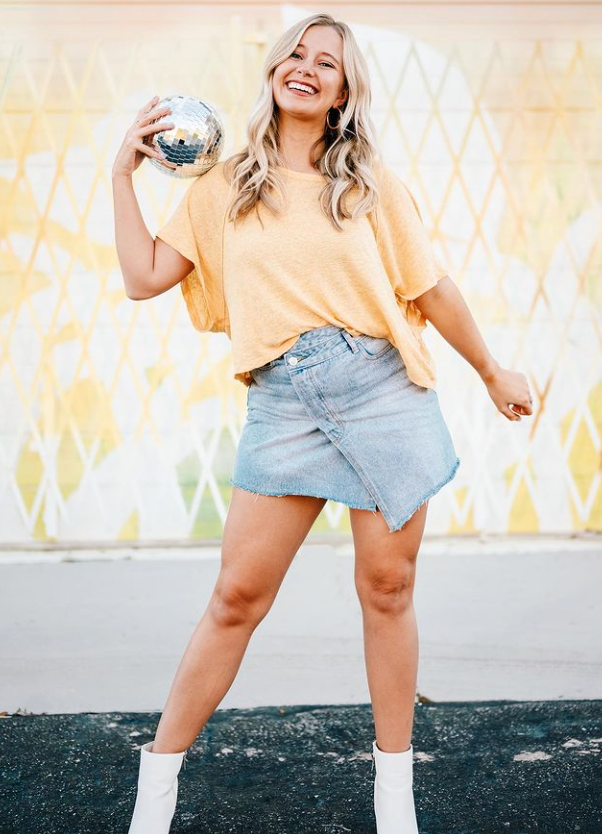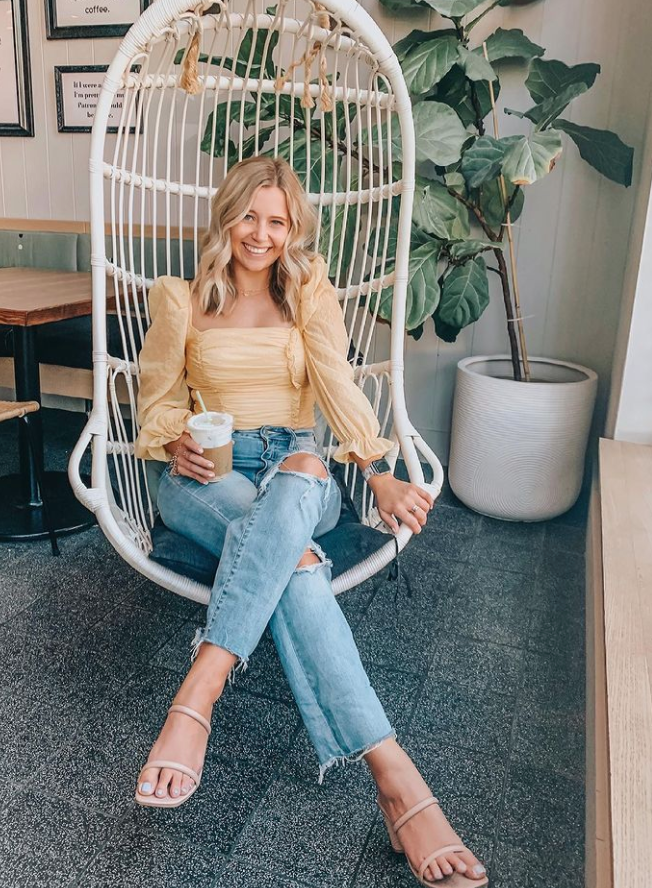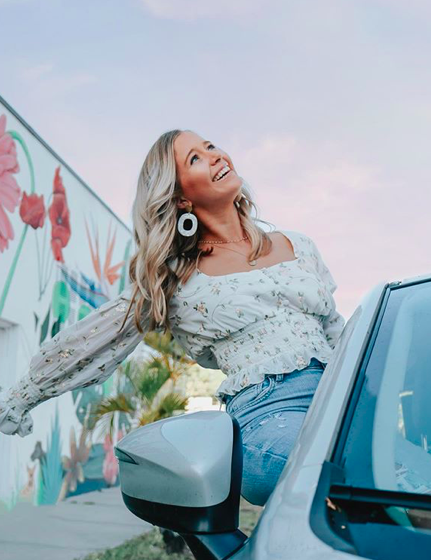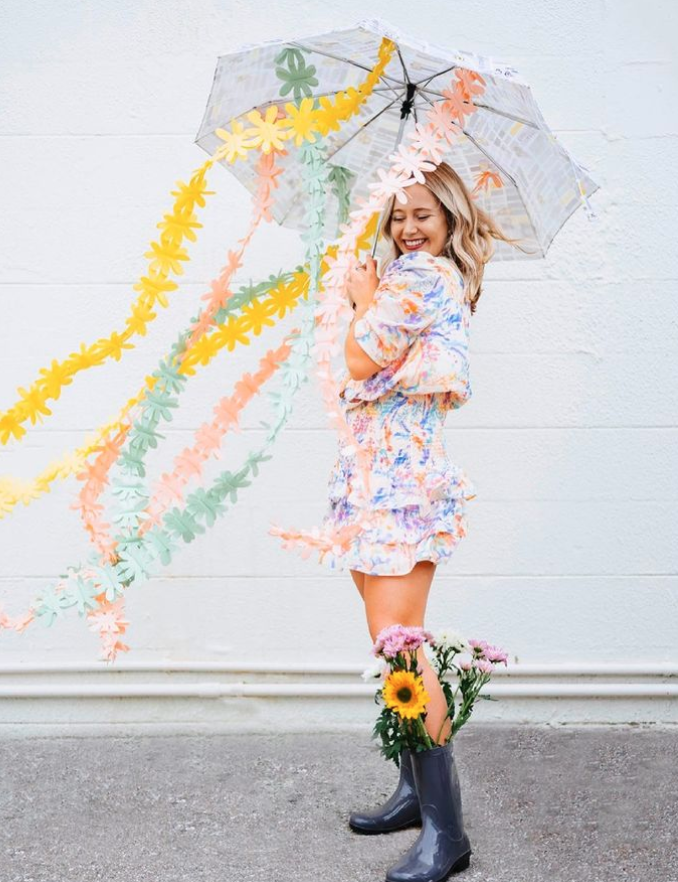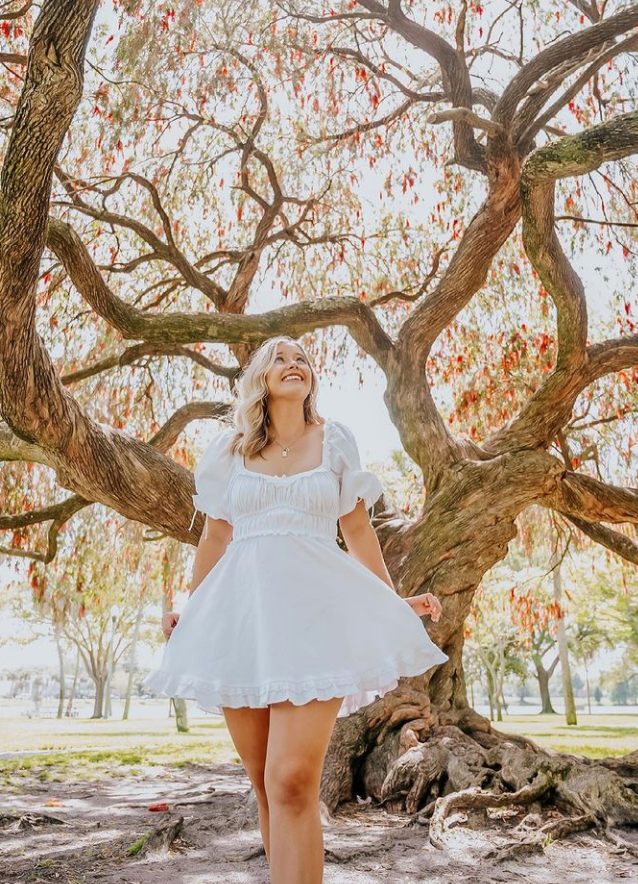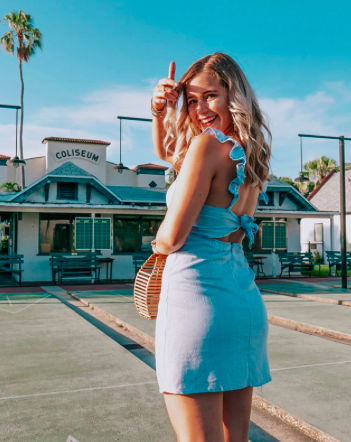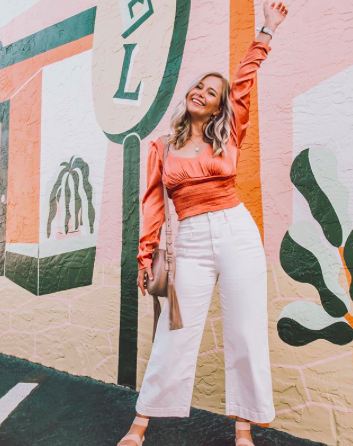
Congratulations! You are likely reading this because you’ve received the opportunity to participate in an awesome brand deal! Now, the marketing team has served you with a contract outlining the terms and conditions of the collaboration. While it may seem easy to just sign on the dotted line, DON’T! Branded contracts require careful review. Today, I’m sharing my tips for how to read branded contracts!
I’m not going to lie to you guys, when I first started blogging over 3 years ago, I would sign any branded contract. I would quickly glaze over it but I would do the BARE MINIMUM because I was just so excited to get a brand collab. This was problematic. It caused me to be unclear on the terms of collaboration, what was expected of me, and key dates (like when I should post – kinda important if you ask me).
Now I dedicate time each week to reviewing contracts and requirements from brands. WHY? Because if you don’t, you can get SCREWED for one thing, and for the other, you can become a better partner to brands by DELIVERING what is expected of you. Let’s jump into my tips for reading branded contracts!

Here’s what to look for in a branded contract:
Deliverables
Deliverables are the assets the brand is asking you to create. Think of deliverables as the items you will need to turn in for approval and in some cases, post when working on a brand deal. Depending on the deliverables required for the campaign, you will charge more. For example, a static Instagram post alone runs at a lower rate than a static Instagram post, 1 Instagram reel, and a 500-600 word blog post. This example is why clarifying deliverables is INCREDIBLY important before agreeing to participate in a campaign.
What is expected of you? A Tik Tok video? An Instagram static post? What about stories? Are there requirements for your caption? Do you need to share with the team prior to posting? These are all important questions that your contract SHOULD outline. If not, advocate for yourself and ask questions BEFORE accepting the brand partnership opportunity.
Your rates SHOULD vary depending on the service you are providing. A static post requires far more effort than a simple IG story. A video takes even more production than a static post. Think about your time. Take that into account when calculating your rates and ask for an outlined set of deliverables before providing a rate and signing your contract.

Key Dates
Does the brand need to review your drafted content prior to your post? Write that date down if so! Have you agreed on a posting date & time? Is the brand’s proposed posting date and time during your workday or at a time you are unavailable? Let the brand know! Work together to find a time where you can dedicate yourself to sharing and engaging with your content.
Is there a date that brand requires your content draft? Is this feasible? Often times, brands will send product to shoot with, but don’t always consider how little time the influencer will have to create content. I ALWAYS aim to give myself two weeks turnaround from when I’ve received the product to shoot with before turning in my draft. You never know when there could be bad weather, a nasty cold, or extenuating circumstances that prevent you from posting. The two-week buffer gives enough time to account for these unforeseen factors.
Is the brand requesting a super quick turnaround? I have personally asked for additional payment when this is the case or an extension. I work a 9-to-5 job and only shoot on the weekends, so its important to consider my time commitment. When the turnaround time is less than 2 weeks, I typically ask for a rush fee of $250.

Exclusivity
Are you allowed to work with other brands of similar niche during the time of your partnership?
For example, say you have agreed to work with Target, and they ask that you not work with any of their competitors for 3 months after your post. If Walmart approaches you and offers double the bid for a post, you are contractually obligated to Target. Wouldn’t you want to know that? Watch out for this in your branded contracts and ask for compensation accordingly.
You can ask Target to compensate you upfront, knowing that you might run into this dilemma. If the brand is unwilling to compensate for exclusivity, I ask them to remove that clause from the contract. I also offer some different pricing and rates based on various windows of exclusivity (2 weeks is a lot different than 3 months). Typically, I like to have this situated prior to the contract phase of the negotiation process, but know that you can always ask for additional compensation or for clauses to be removed from the contract after receiving it, prior to signing your contract.
This article by Abby Katz dives deeper into exclusivity, discussing the percentage of brands requesting exclusivity from influencers, average length of exclusivity agreements, and how influencers can be compensated for this term.

Usage
How does the brand intend to use your content? Are they allowed to share it on their social media too? What about ads? Do you feel comfortable with that? Do you want to charge more for rights of usage? Work through this with the brand so you are fairly compensated.
Will the brand be reposting to their social accounts? Will they be creating ads with your content? Could they be placing your photos on a billboard? It is important to understand how they are using your content. The more items they are using your work for, the more you can charge. A tool that has helped me price out some of these terms of usage is Getty Image Price Calculator.
Additionally, for me, my licensing fees for social media usage look quite different than my rates for extended usage in ads, email marketing, or print marketing, for example. My usage rates vary drastically depending on the term of usage as well, so pricing for 6 months would be far less than pricing for usage for 2 years. I typically try to steer clear from agreeing to usage for more than 2 years and especially usage in perpetuity. You never know when a brand may come under fire for past actions and I personally would not want to be associated with a brand that has been “cancelled.” That being said, it is important to do your due diligence and research the brands you are working with to make sure that you agree with their mission and values.
This guide by Lauren McGrath dives into the types of usage rights brands can ask for and how to effectively negotiate with them based on their request.

Whitelisting
It is important to understand what whitelisting is before agreeing to it in branded contracts. AspireIQ defines whitelisting as “The process of an influencer granting a brand partner advertising permissions to their social media accounts. This allows brands to use the influencer’s handle for their ads.” In the influencer world, this is most commonly done by granting a brand permission to access your Instagram or Facebook account. Once the brand has access, they can pay for ads to run directly from your brand or Instagram handle. This benefits the brand as the ad may appear more organically coming from you, an influencer, vs. a large corporation.
Whitelisting is something you can absolutely charge brands for. They are using your brand to reach new audiences. Confirm with the brand how they plan to whitelist your content and charge accordingly! If the brand is unwilling to compensate extra, ask them to remove the whitelisting clause from your contract.

Indemnification
This is a big word but don’t let it scare you. Although, maybe you should a little bit, because indemnity can be a really big deal. This clause in branded contracts typically places the liability on you when a brand is sued over your content. I am no legal expert, but I found this article from Forbes and I think it is beneficial to read if you are an influencer working with brands regularly. The writer, Art Neill details some strategies on what to do if you see an indemnification clause. In my experience, I have signed branded contracts with an indemnification clause, but I would recommend educating yourself on this topic before doing so yourself.

Are you guilty of signing branded contracts without reading through them in the past? What will you take away from this blog post? I hope this post will encourage you to advocate for yourself as a content creator and to sniff out any terms that you don’t feel comfortable with.
Are you a new blogger or content creator looking for more resources? Check out these recent posts:
- Influencer Terms You Need to Know
- Boost Your Engagement on Instagram Stories
- Grow Your Following
- Negotiate with Brands
- How to Find and Pitch Brand Contacts
- Pitching Techniques: How to Land the Perfect Pitch Every Time
- How I Build My Content Calendar
- 9 Blogging Essentials You Need
- How to Maintain Relationships with Brands
- Pitching to PR Contacts (+ How To Find Them)
- Boost Your Instagram Story Engagement
- Pitching to Brands as an Influencer (+ real email templates that I actually sent!)
- The Tea on Instagram Giveaways
- Influencer Marketing Platforms to Help You Make Money

